Peppers can be good choices for indoors growing in the right setting. But which are the best types of peppers to grow? In this guide we will talk you through some options, then give a guide to growing peppers indoors, including growing peppers hydroponically.
Growing peppers indoors can increase yields and reduce problems with pests and diseases. It can allow you to grow more quickly, especially when growing in hydroponic systems, and you will have more control over the environmental conditions that you would do when growing outside.
Growing peppers indoors also makes it possible to grow peppers where, due to the climate and conditions, it would not be possible to do so outdoors.
Types of Peppers Suitable for Indoor Growing

A wide variety of peppers (Capsicum ssp.) can be grown indoors, including:
- Bell peppers/ sweet peppers (mini bell peppers are best for indoor growing).
- Banana peppers/ wax peppers
- Cherry peppers/ Lipstick peppers
- Cayenne peppers
- Jalapeños
- Bird's eye chili/ Thai chili
- Paprika peppers
- Chiltepin/ Indian peppers
- New Mexico Chilis
- Pimiento/ Pimentos
- Habanero peppers (Capsicum chinense)
- Tabasco/ piri piri etc. (Capsicum frutescens)
- Rocoto peppers (Capsicum pubescens)
- Aji peppers (Capsicum baccatum)
Some will be easier than others to grow indoors but you can grow any of the peppers that can be grown outside indoors as well, as long as you use the right methods and set up to provide the conditions they need.
The best peppers for indoors growing are generally considered to be those that grow into smaller and more compact plants, and those with smaller fruits which mature reasonably quickly. Larger plants, larger fruited plants, and those peppers with a long time-to-harvest will typically be more challenging (though not impossible) to grow indoors.
Mini bell peppers, Jalapeños, cayenne peppers, cherry peppers and banana peppers are, arguably, among the best pepper varieties for beginners to try indoors, either in pots filled with a suited potting mix, or in a hydroponic or aquaponic system.
Can Peppers Be Grown Hydroponically?
Peppers are a good choice for hydroponic growing. Hydroponic systems allow for precise control over nutrients, water, and environmental conditions, which can lead to faster growth, higher yields, and healthier plants.
Various types of hydroponic systems, such as nutrient film technique (NFT), deep water culture (DWC), and drip systems, can be used to grow peppers successfully.
Soil vs. Hydroponic Growing for Peppers

If you would like to grow peppers indoors, then no matter which peppers you have chosen one of the first decisions that you will have to make is whether you will grow your peppers in a soil like growing medium, or in water.
There are pros and cons to both methods, and a number of factors to consider as you make your choice.
Soil Cultivation
Since peppers naturally grow in soil, growing in a soil-based or soil-like growing medium is easier for beginners, and you will simply be trying to mimic as closely as possible the conditions in the plants' natural environment. This option is typically cheaper, both to implement and in ongoing running costs.
However, it is important to bear in mind that you will have less control over nutrients, will typically use more water, and may sometimes experience issues with soil-borne diseases or with pests that live in soil.
Hydroponic Cultivation
Hydroponic growing produces faster growth and yields can be higher. You will have a lot more control over the nutrients and other factors of the environmental conditions, and will not have to worry about soil-borne diseases or soil-dwelling pests.
You will also use less water in a closed loop system, and if you implement an aquaponics system, will not require external inputs to feed your plants, since the fish and micro-organisms will do that for you.
You do have to bear in mind, however, if you are considering this type of system, that it can be more costly, depending on your specific choices, to implement and maintain. This type of setup can also be far more challenging for beginners, involving a steep learning curve.
Growing Conditions for Indoor Peppers
The basic growing conditions for indoor peppers are more or less the same regardless of which type of pepper you have chosen to grow, as most peppers do have very similar if not identical needs.
Watering Requirements
When growing in soil-based or soil-like growing medium, regular watering to keep the soil consistently moist and ensuring adequate air circulation are essential practices to promote healthy growth and disease prevention. Aim to keep conditions moist but not waterlogged at all times.
Light Requirements
Position your plants in a spot that receives a minimum of 6-8 hours of direct sunlight daily, or alternatively, use full spectrum LED grow lights for 12-16 hours each day.
Aim for a PPFD of around 200-300 µmol/m²/s during the seedling stage, 400-600 µmol/m²/s during vegetative growth, and 600-800 µmol/m²/s while the plants are flowering and producing fruits.
Pest Control
Like other plants grown indoors, peppers can sometimes encounter problems with pests. Some common pests of peppers indoors include aphids, whiteflies, scale insects, fungus gnats, thrips, spider mites and mealybugs. Pest problems, as mentioned above, are less likely to occur in hydroponic or aquaponic cultivation, especially in a more highly controlled indoors environment.
Care and Maintenance Tips
Here are some care and maintenance tips to help you make sure that you can successfully grow different varieties of peppers indoors.
Temperature and Humidity
Daytime temperatures should ideally be between 21-27 degrees Celsius, with nighttime temperatures not dropping below 13 degrees Celsius.
For peppers, humidity should, as a general rule, be kept at around 70-80% during germination and early growth, 60-70% as plants mature, and then 50-60% during the flowering and fruiting stage.
Pruning and Support
Depending on which specific types and varieties of pepper you are growing, sometimes some kind of support for the plants will be required, or be beneficial.
Pruning the plants can sometimes help to increase yields. Depending on the specific type and variety of pepper, it can be beneficial to pinch out the growing tips of the plants when they are around a month to six weeks old and have around 6 or 8 true leaves.
Pinching out may also take place one the seedlings are transplanted to their final growing positions (whether in soil or in a hydroponic system).
This encourages more side branches and therefore more robust plants that should produce more fruits.
Nutrient Management
Successfully growing peppers in indoor soil requires a well-draining growing medium that provides ample aeration to simulate natural soil conditions. It's crucial to maintain a soil pH between 6.0 and 6.8 or 7.0 to optimize nutrient absorption.
In hydroponic or aquaponic systems, the nutrient solution/ water should be kept at a ph of between 5.5 and 6.5 for best results.
Peppers grown in both soil and hydroponic systems require several key nutrients to thrive. These include: nitrogen for vegetative growth and overall health, phosphorus for roots, flowers and fruiting, potassium for fruit development etc.., calcium for prevention of problems like blossom end rot, magnesium for photosynthesis etc., sulfur for protein synthesis and enzymatic function, and a number of other trace elements required in smaller quantities.
In a soil-based or soil-like growing medium, these nutrients will be absorbed from the medium through the roots.
In hydroponic systems, these nutrients are typically supplied through a balanced nutrient solution that is adjusted based on the plant's growth stage and environmental conditions. Regular monitoring of nutrient levels and pH of the solution is essential to ensure optimal growth and yield.
Harvesting Peppers

One of the things to think about when choosing peppers and when creating an overall plan for your indoors garden is when you will be able to harvest the peppers that you grow.
Harvesting Timeline
You can usually expect sweet or bell peppers and other smaller and quicker to mature peppers to be ready to harvest around 50-80 days in a hydroponic system, and in around 60-90 days when grown more traditionally indoors in a soil-based or soil-like growing medium.
Note however that the timeline to harvest can vary depending on which peppers you are growing, and the time it takes for some peppers to mature can be more like 150 days.
While when growing peppers outdoors, you would usually get one harvest per growing season, when growing indoors, especially when growing hydroponically, it is often possible to get in more than one harvest per year.
Harvest green bell peppers when they are firm, glossy and of the size expected for the variety in question. For yellow, orange or red bell peppers, leave the fruits longer on the plants – typically an extra couple of weeks.
Patterns of colour change through maturation are also found with a number of other pepper types. For example, many chilli peppers will turn from green to red as they mature. Banana peppers turn pale yellow, and then turn red and become sweeter. Many peppers will turn sweeter and/or hotter as they mature.
You should familiarize yourself with the color changes and expected size of the specific peppers that you wish to grow.
When harvesting peppers, remember that some are very, very spicy and hot. With the hottest types it is always best to wear gloves, or to wash hands very, very carefully after handing. Touch your eyes after handling chilis and you will not soon forget it!
Post-Harvest Care
Peppers can be eaten fresh, raw or cooked depending on their taste profile and characteristics. They can also be preserved for later use in several different ways. Peppers can be sliced and frozen. They can be canned in a number of recipes.
Or they can be dried for later use. In areas that are hot and not too humid, some peppers can be air dried. But dehydration is usually best carried out either in an oven or in an electric dehydrator. If you have invested in a freeze drier then you can also use that.
Considerations When Choosing Peppers to Grow Indoors

To make sure you choose the right pepper or peppers to grow indoors, you need to consider:
- Size and growth habit of different peppers. (smaller plants are typically best for indoors cultivation, especially in hydroponic or aquaponic systems).
- The flavour profile and uses of particular peppers (whether they are sweet or spicy and, if spicy, how fiery they are – consider how you plan to use the peppers you grow).
- The care required for different peppers and how easy they are to grow indoors in the setup upon which you have decided.
- The time-to-harvest of different types and varieties of pepper, and how long fruits take to mature to the desired size/colour/flavour.
If you think carefully about these things and about which growing method will be right for you then you are far more likely to be successful in your growing efforts.
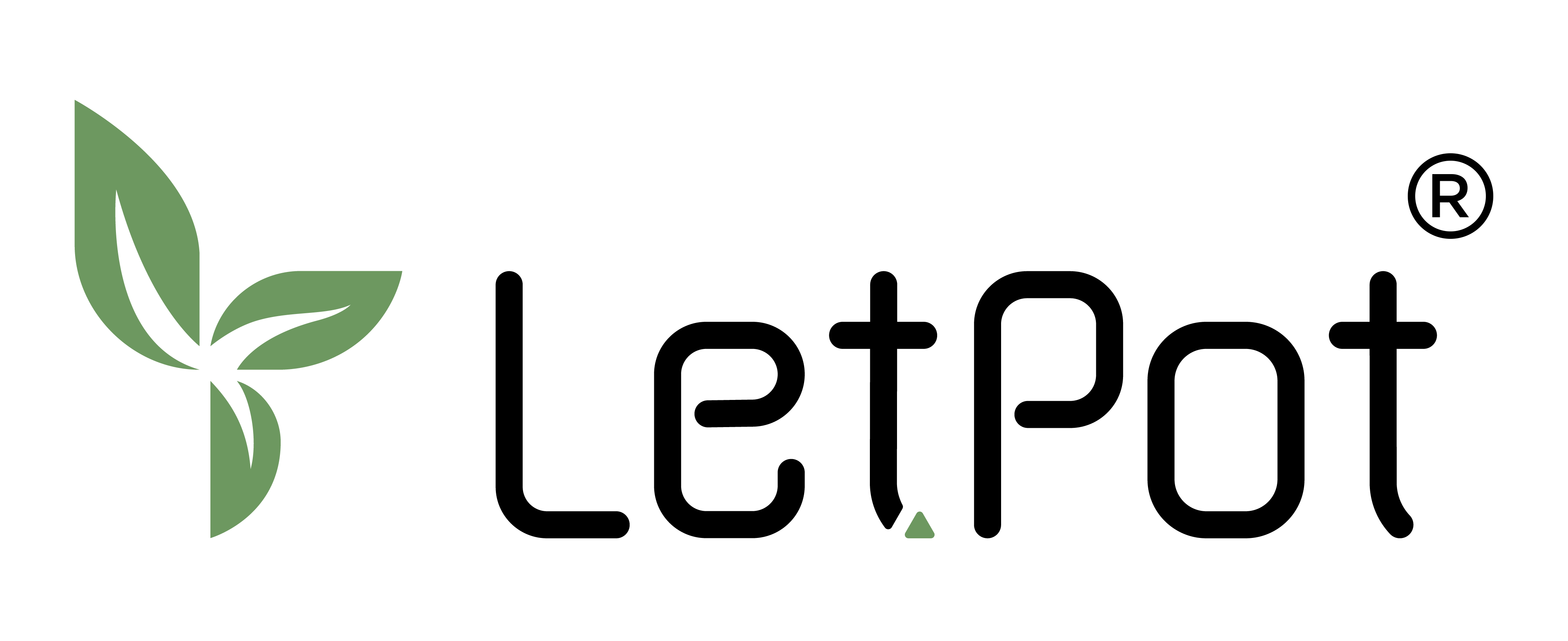
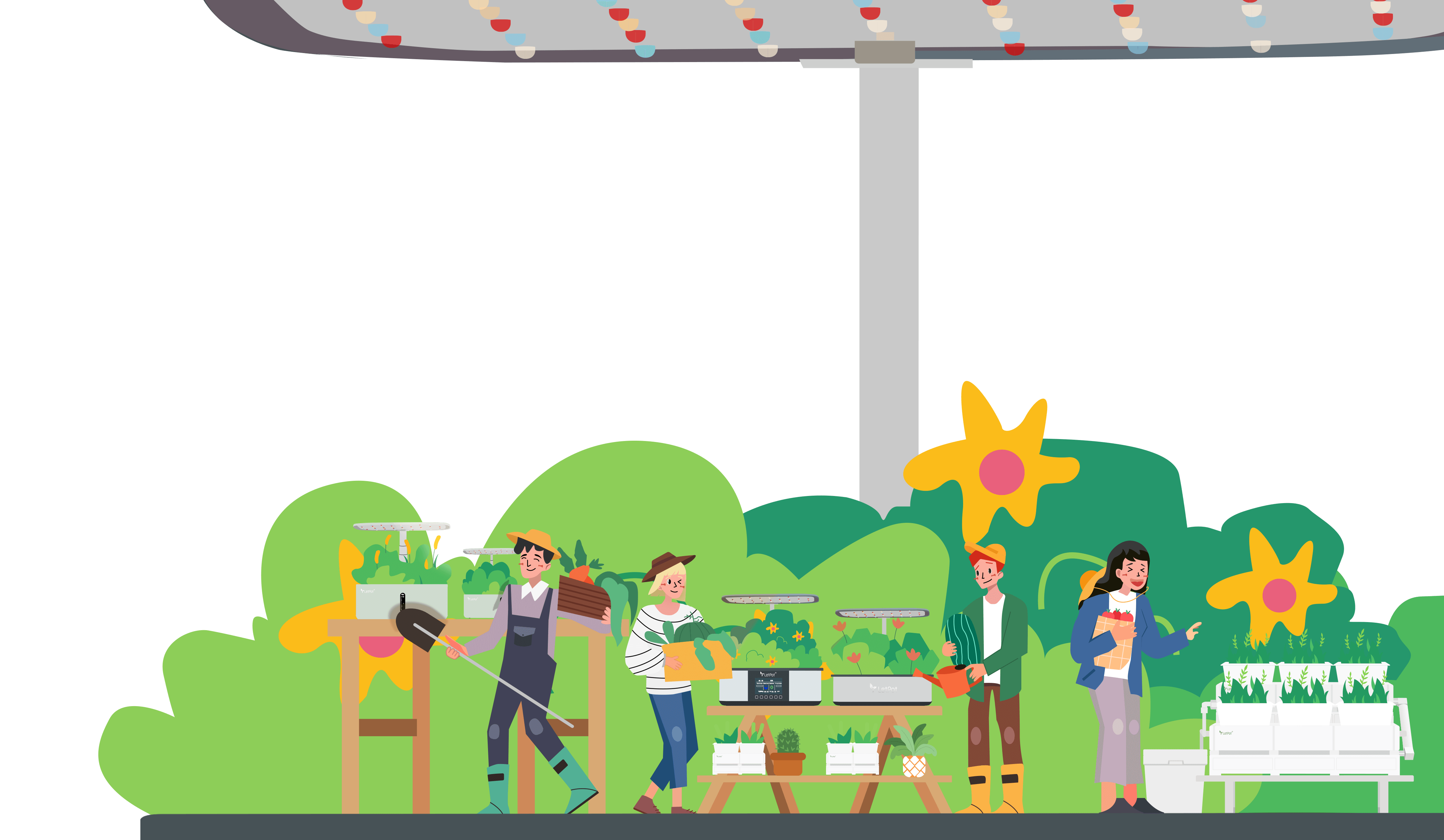
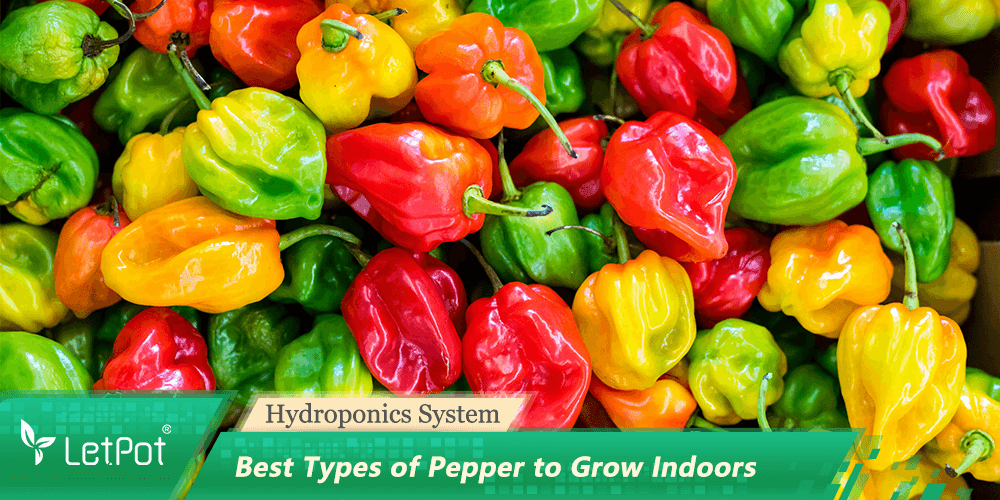
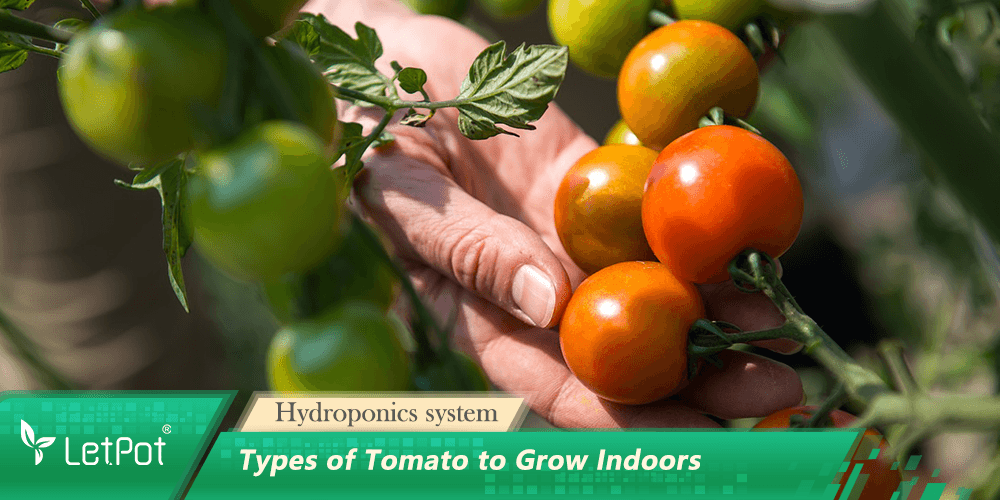
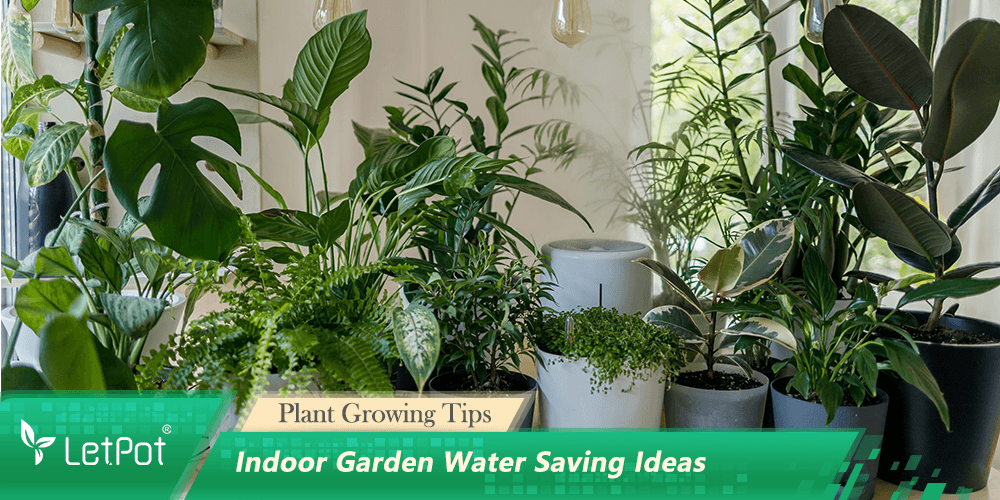
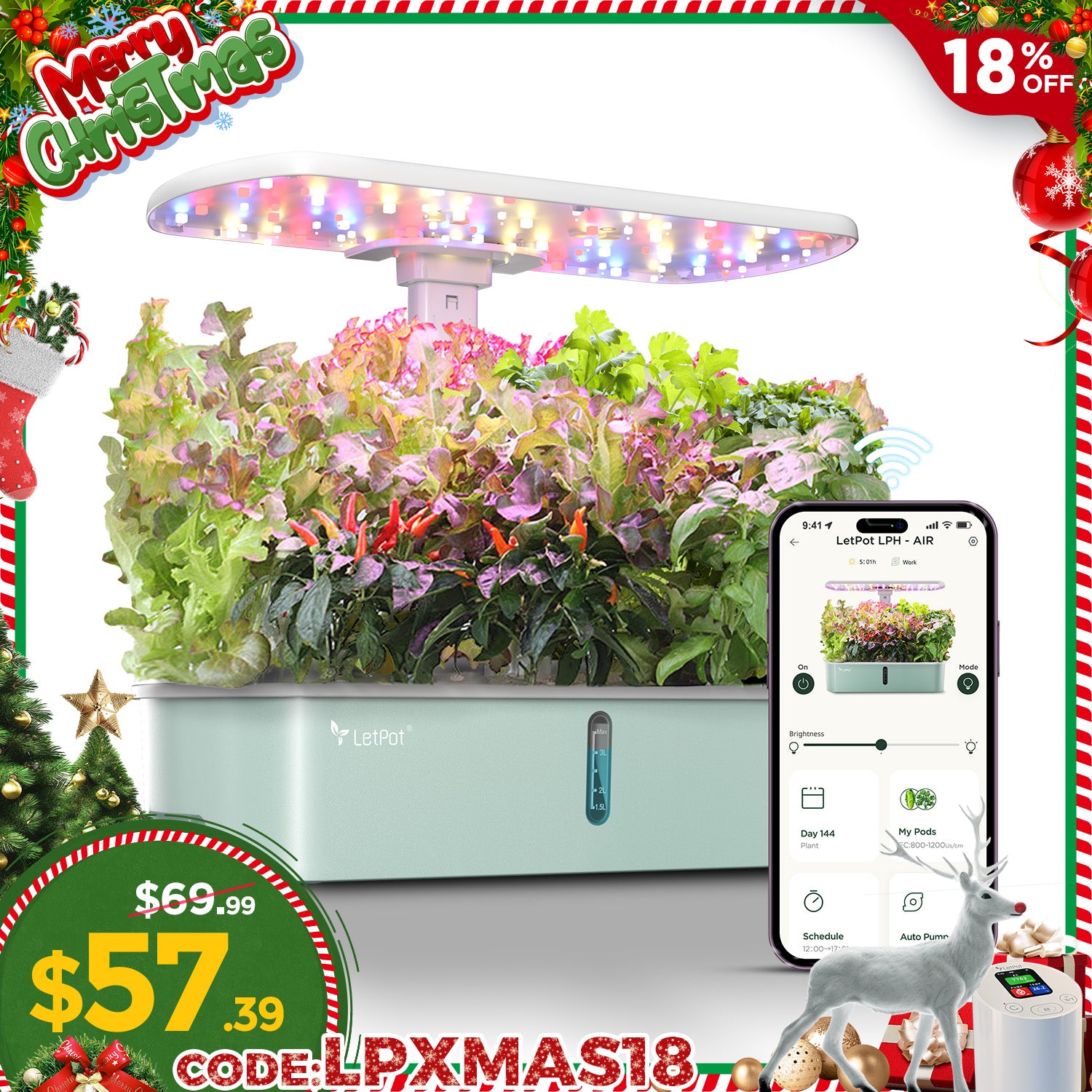

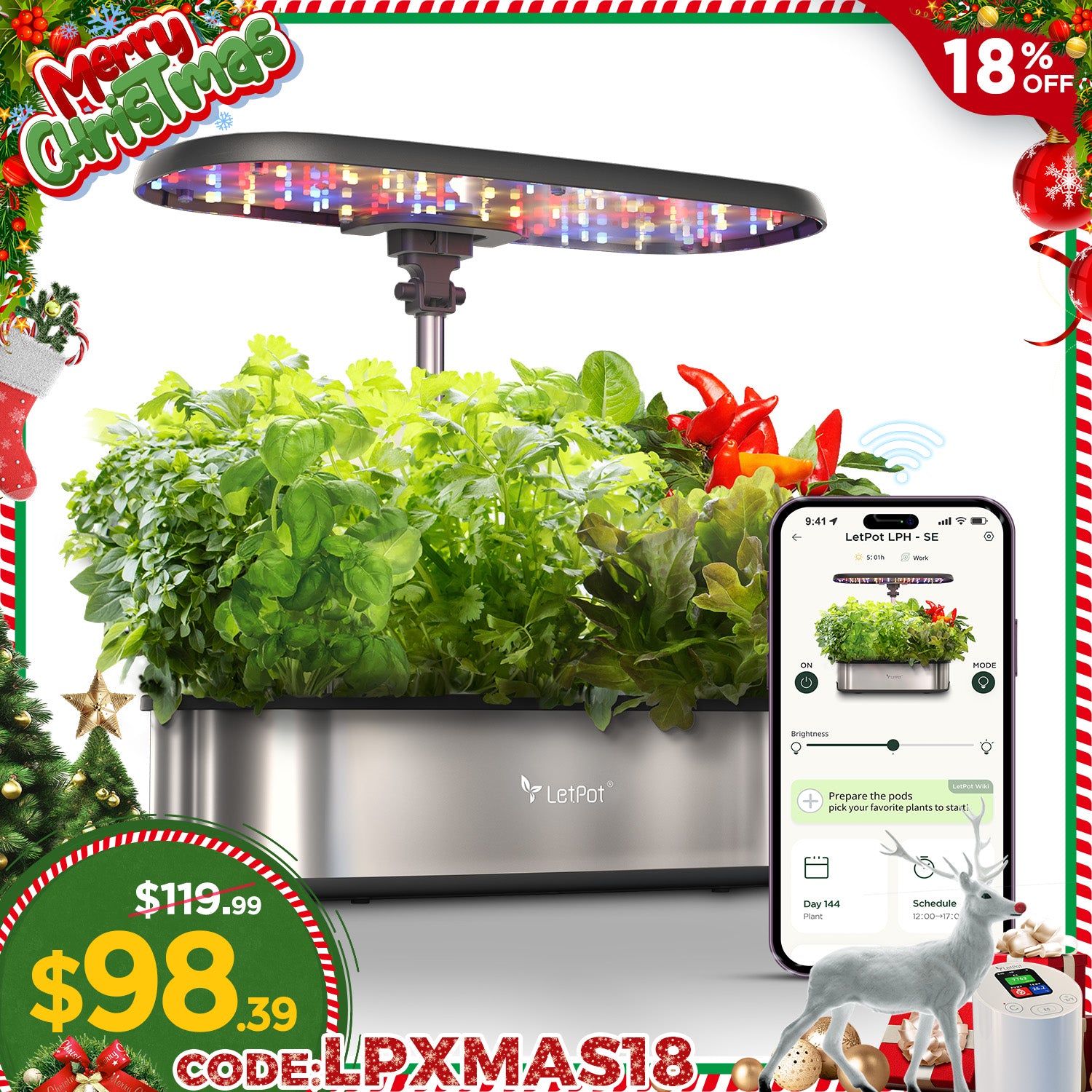
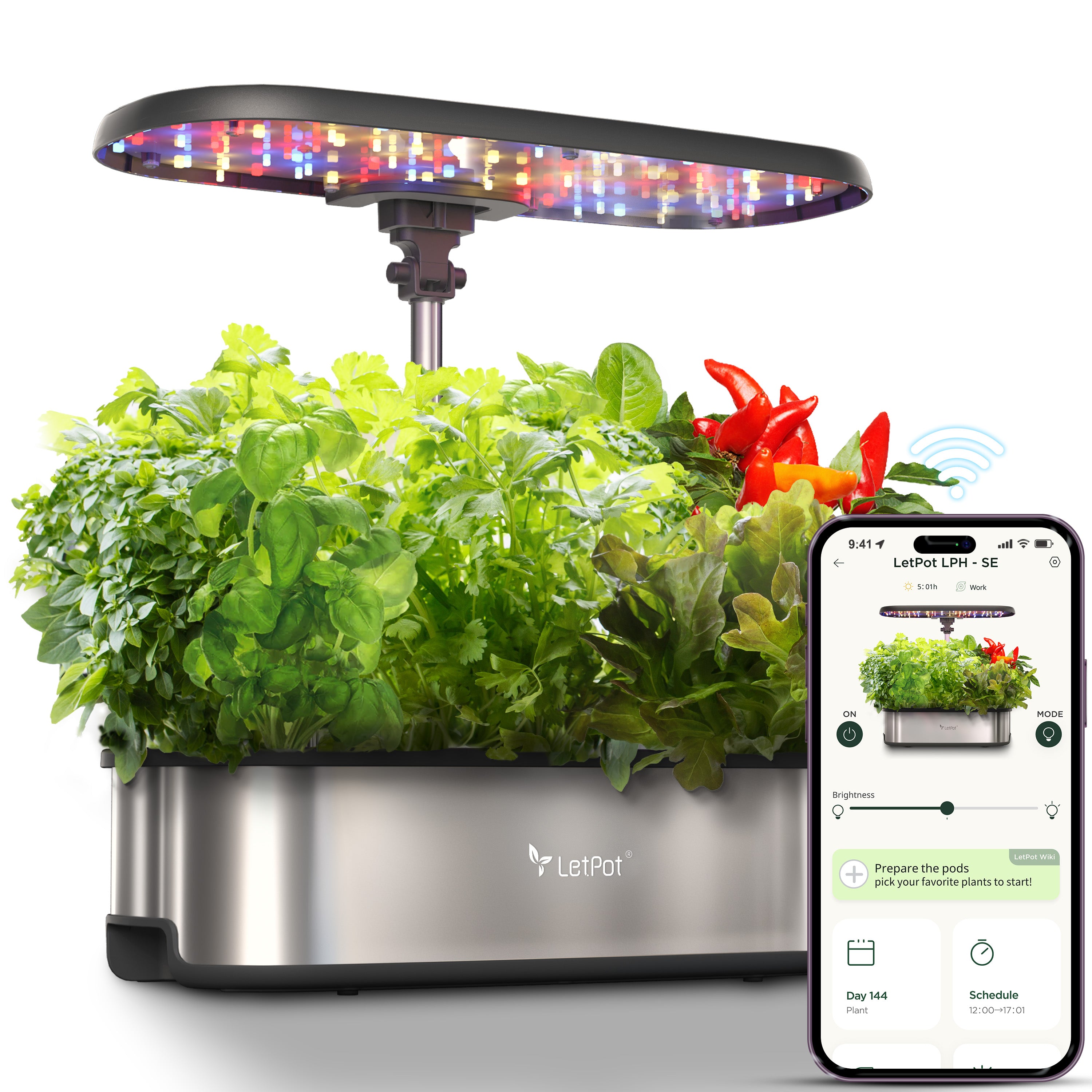
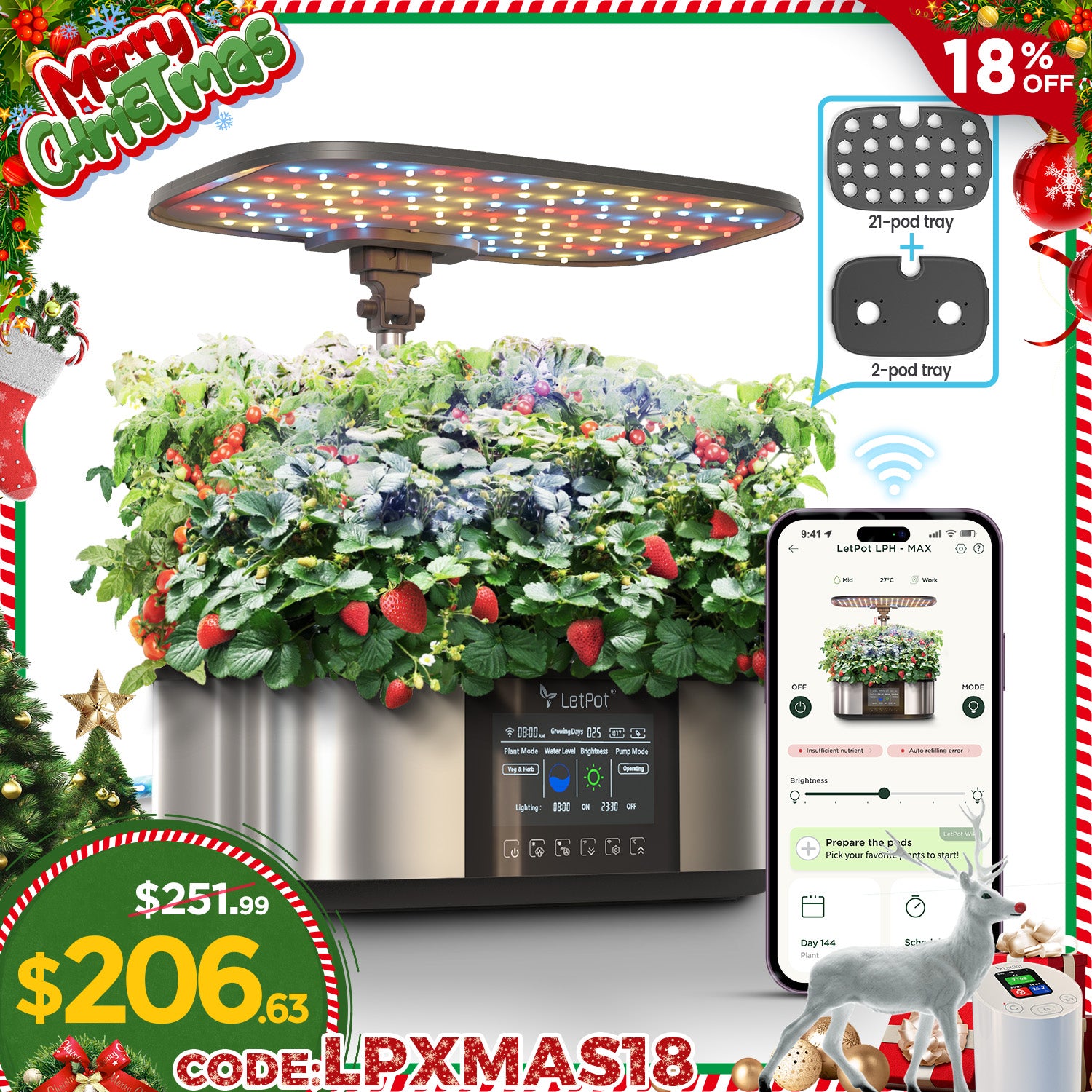
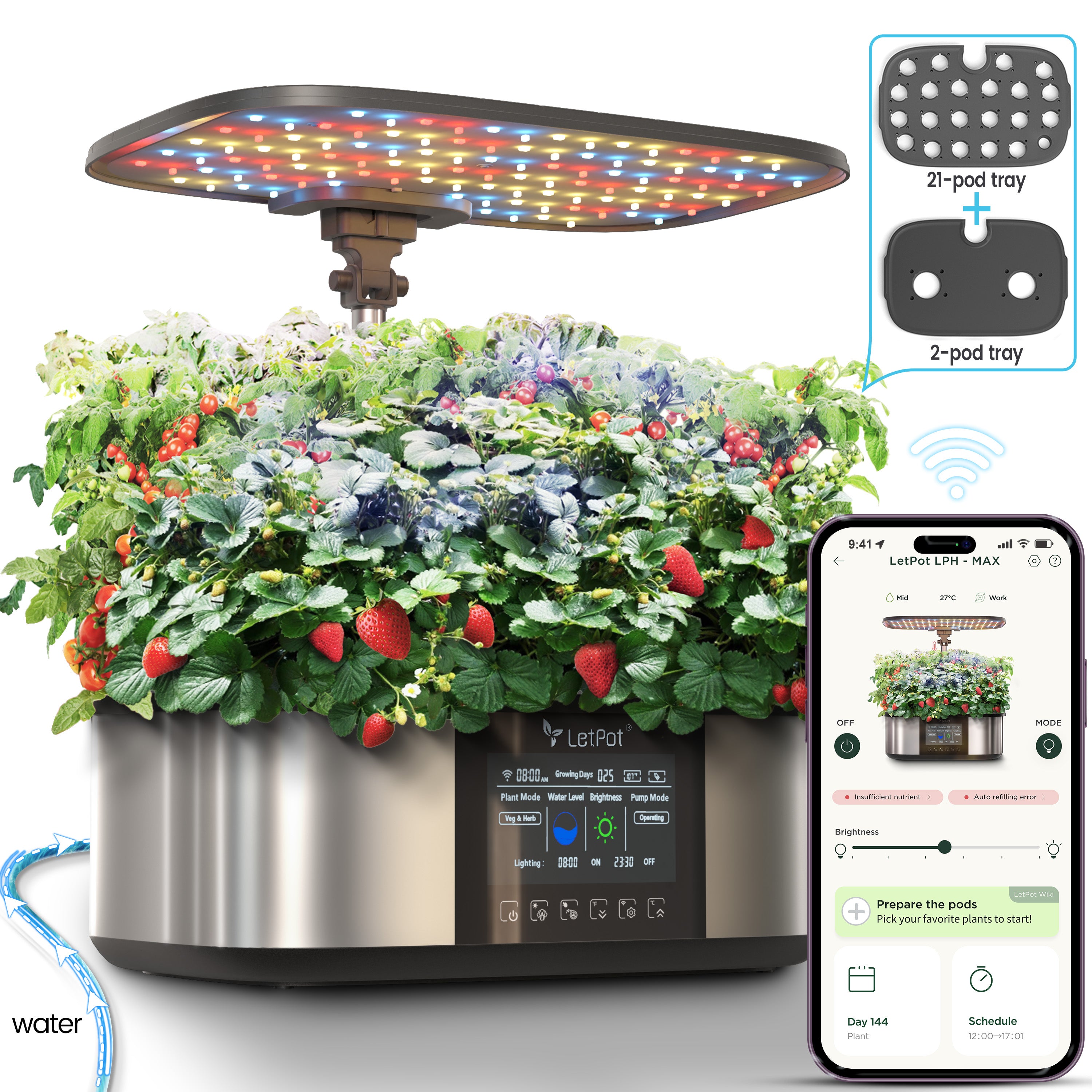
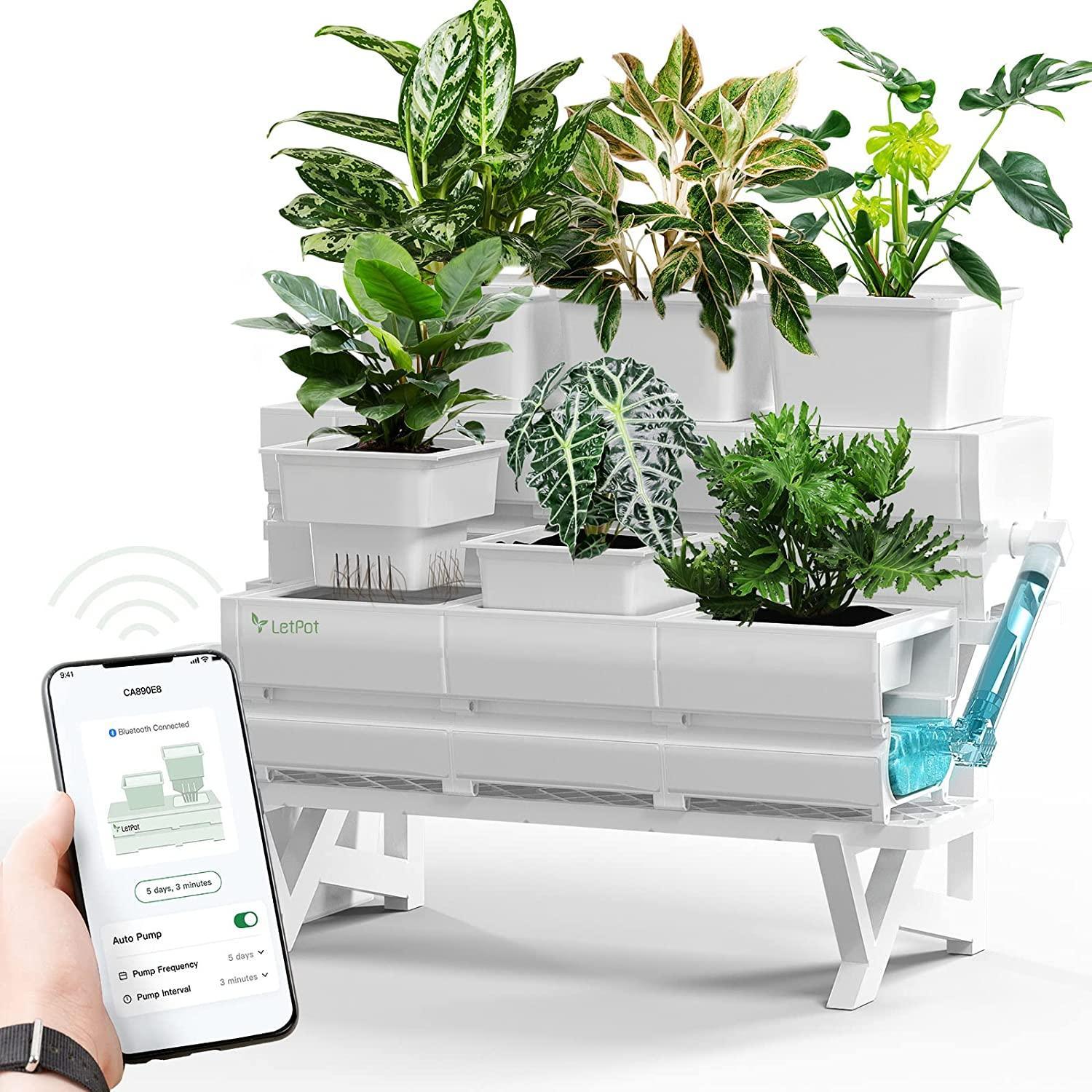
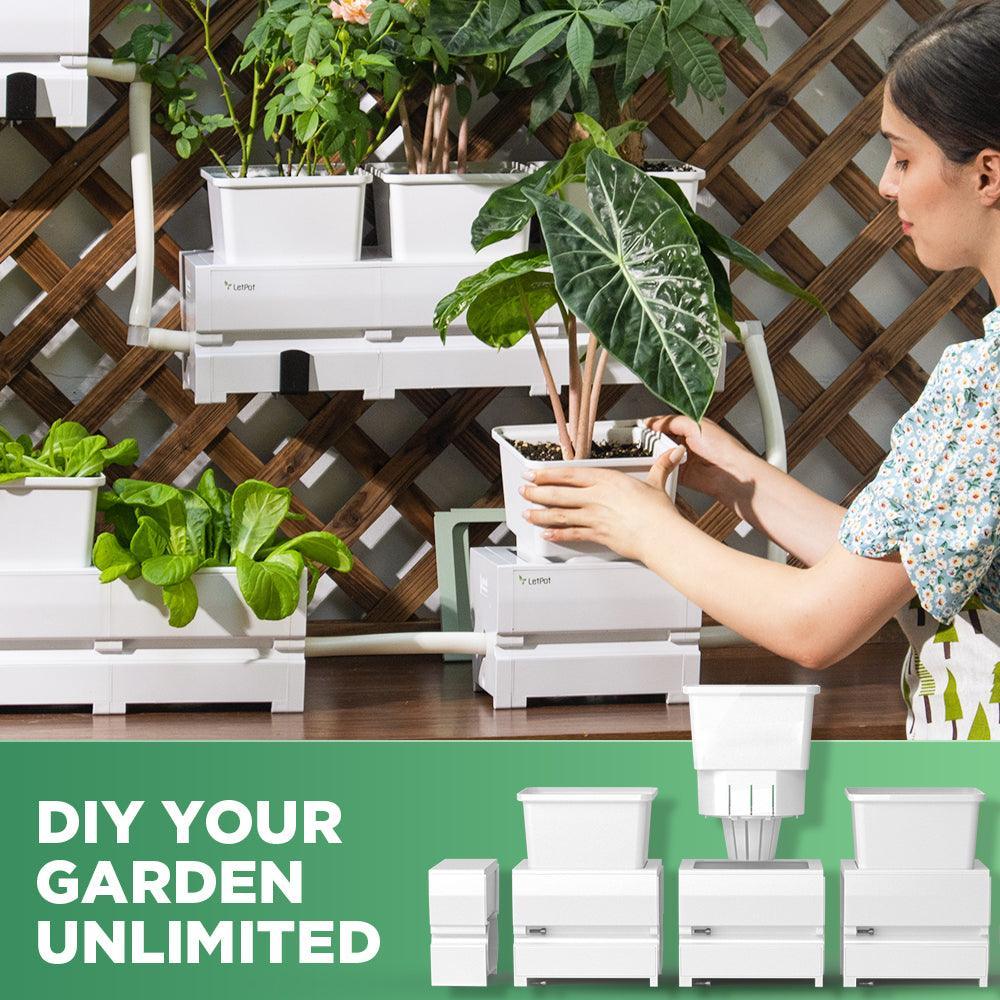
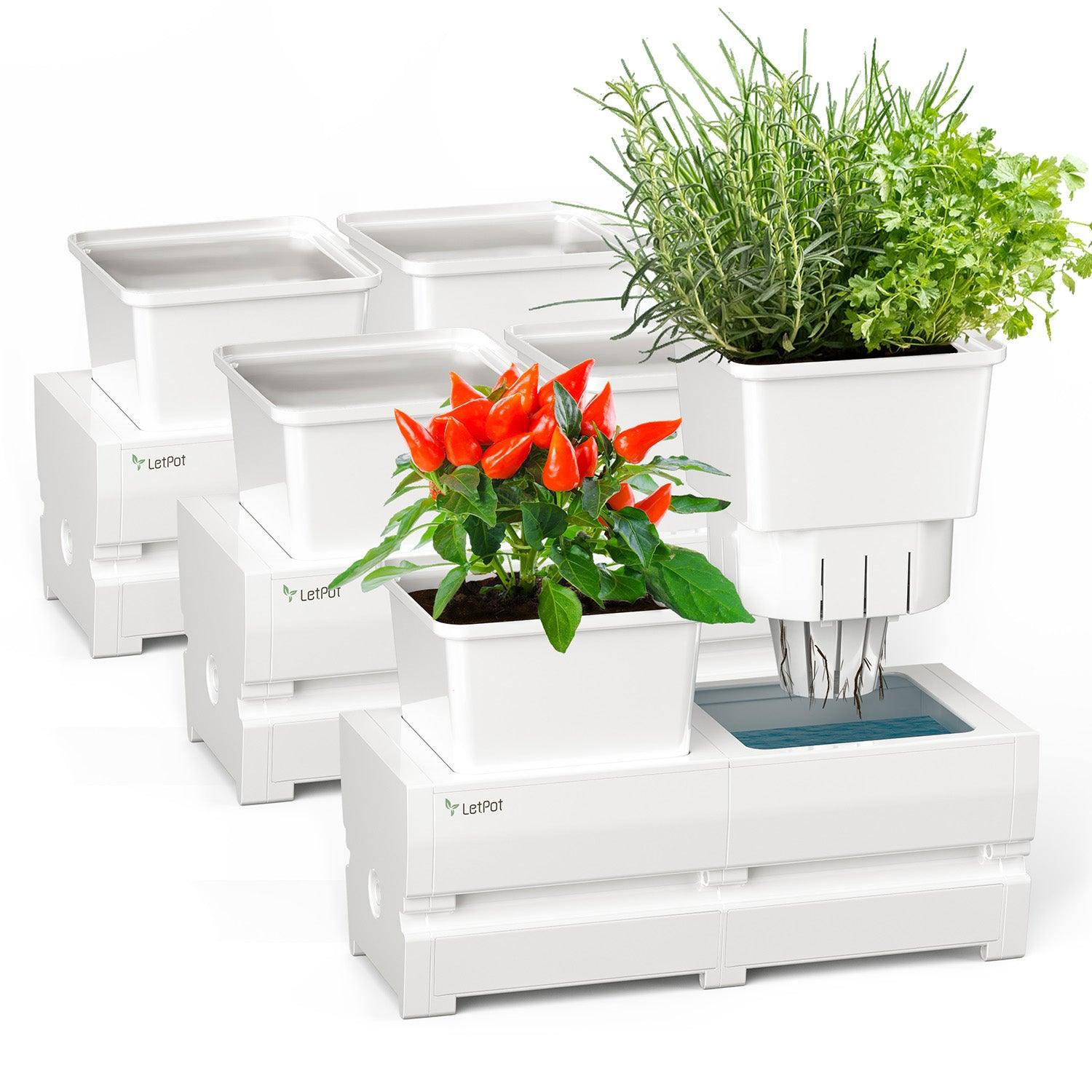
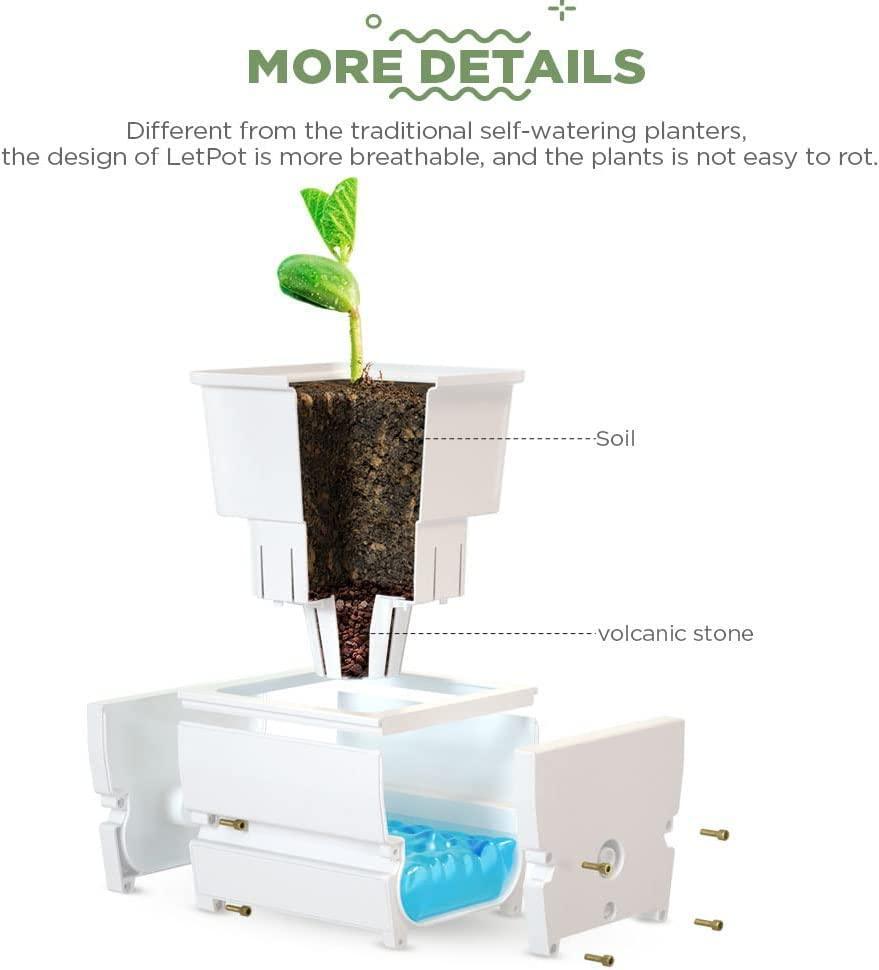
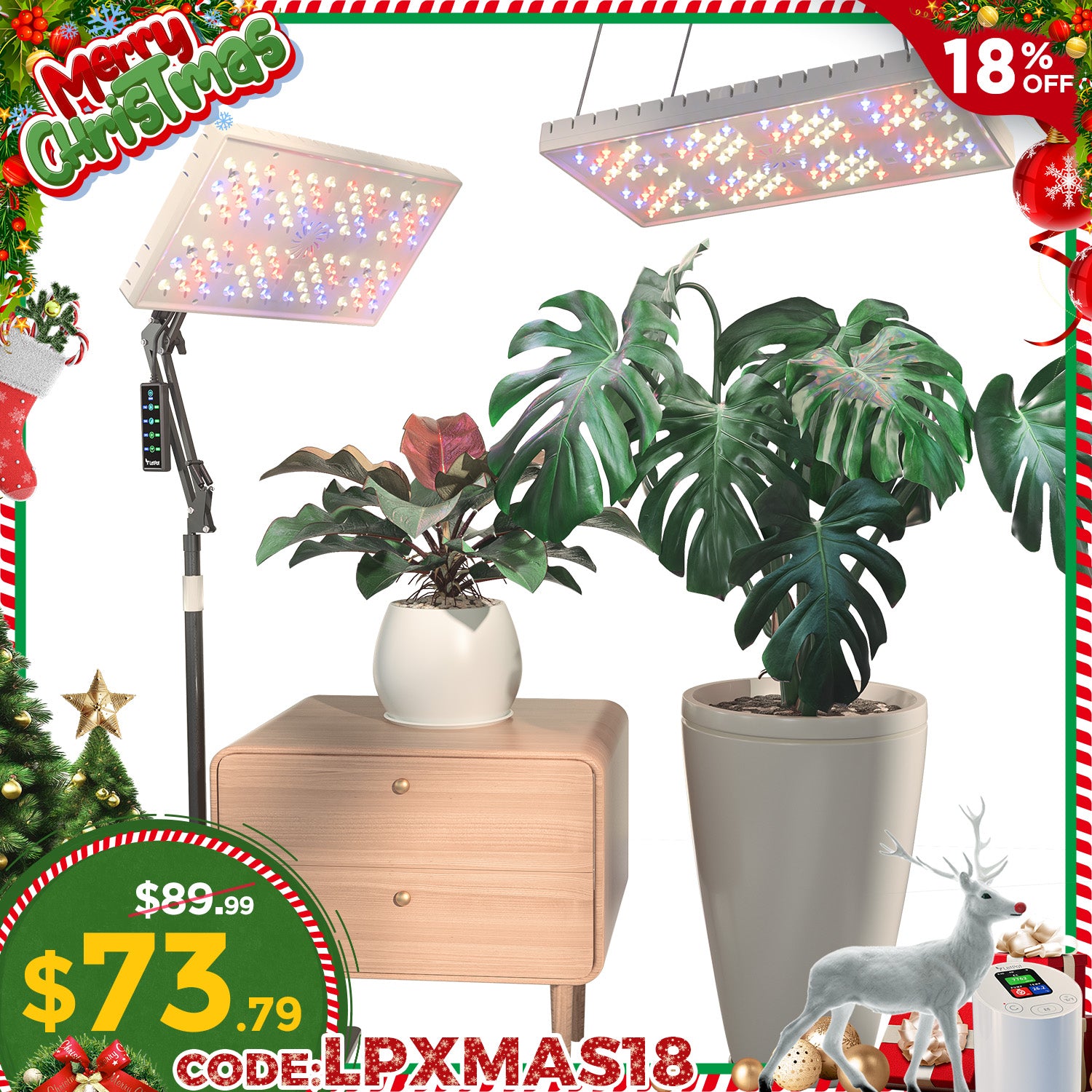
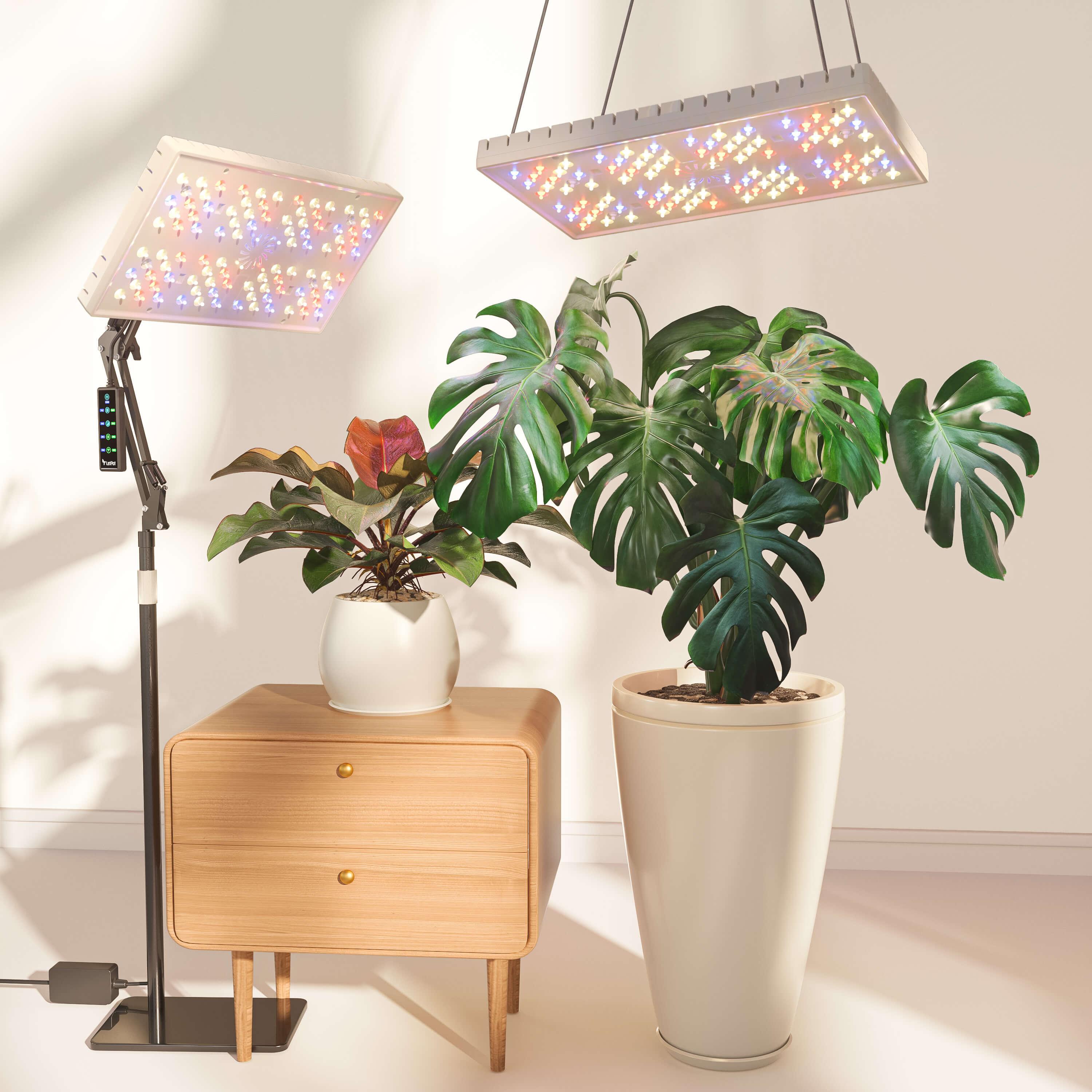
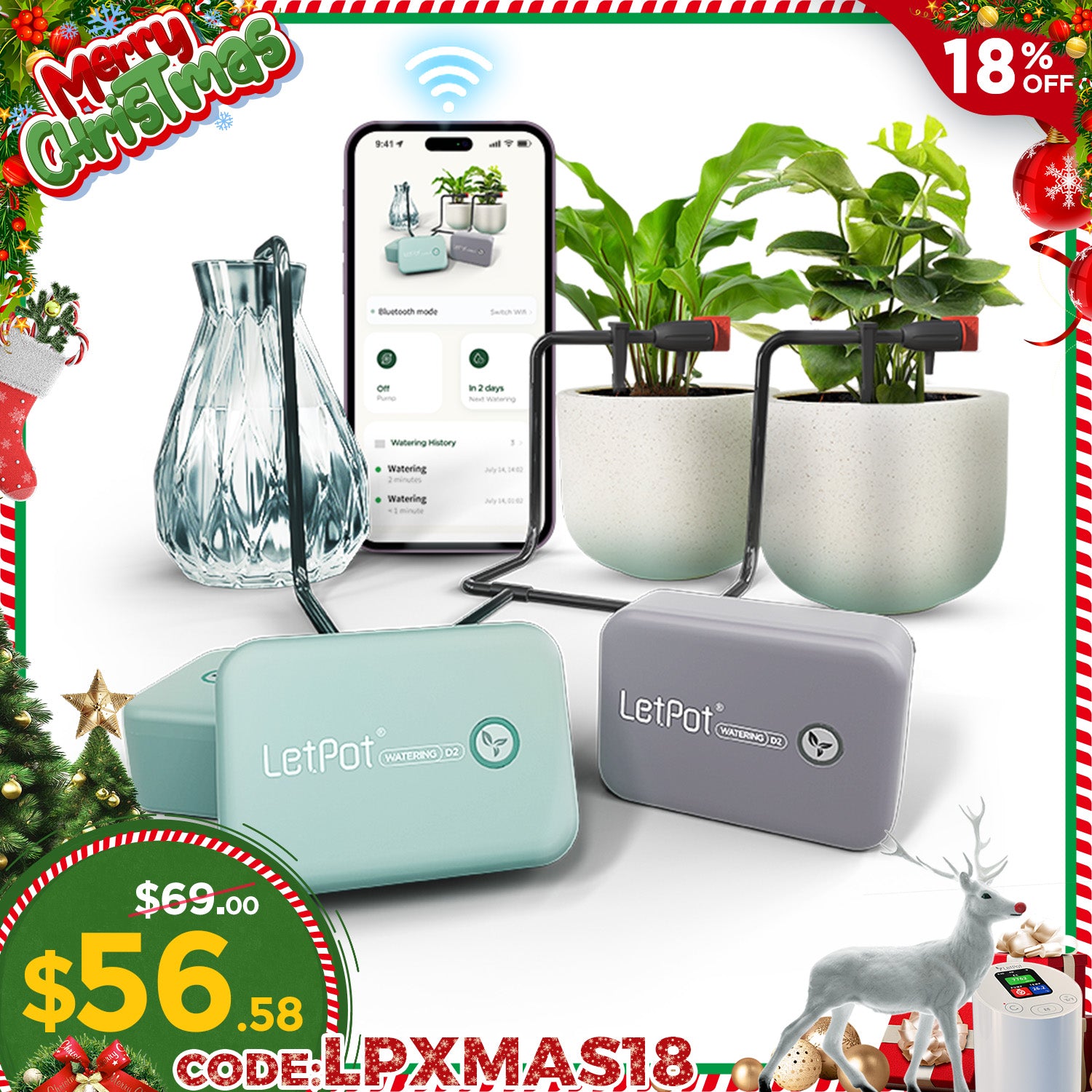

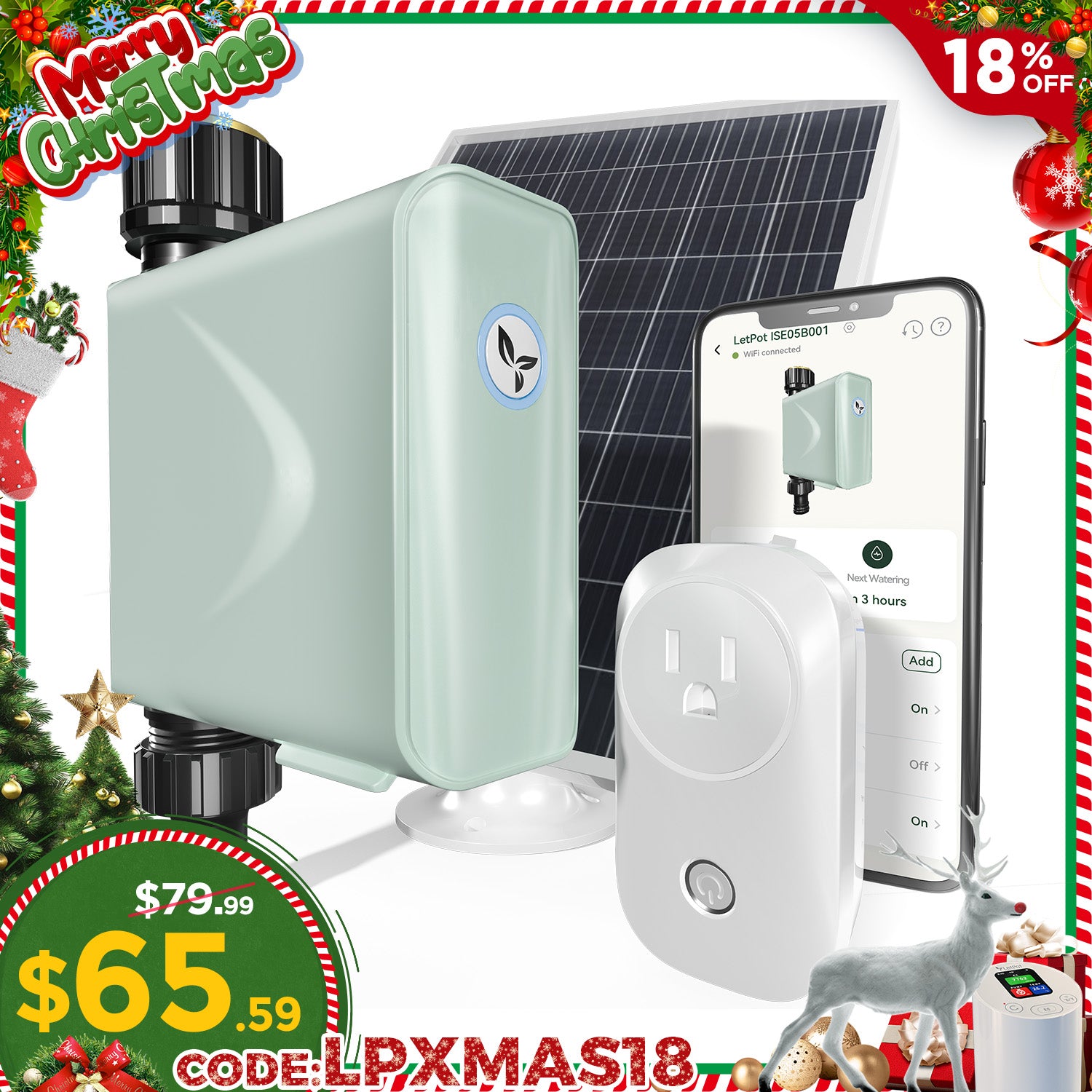
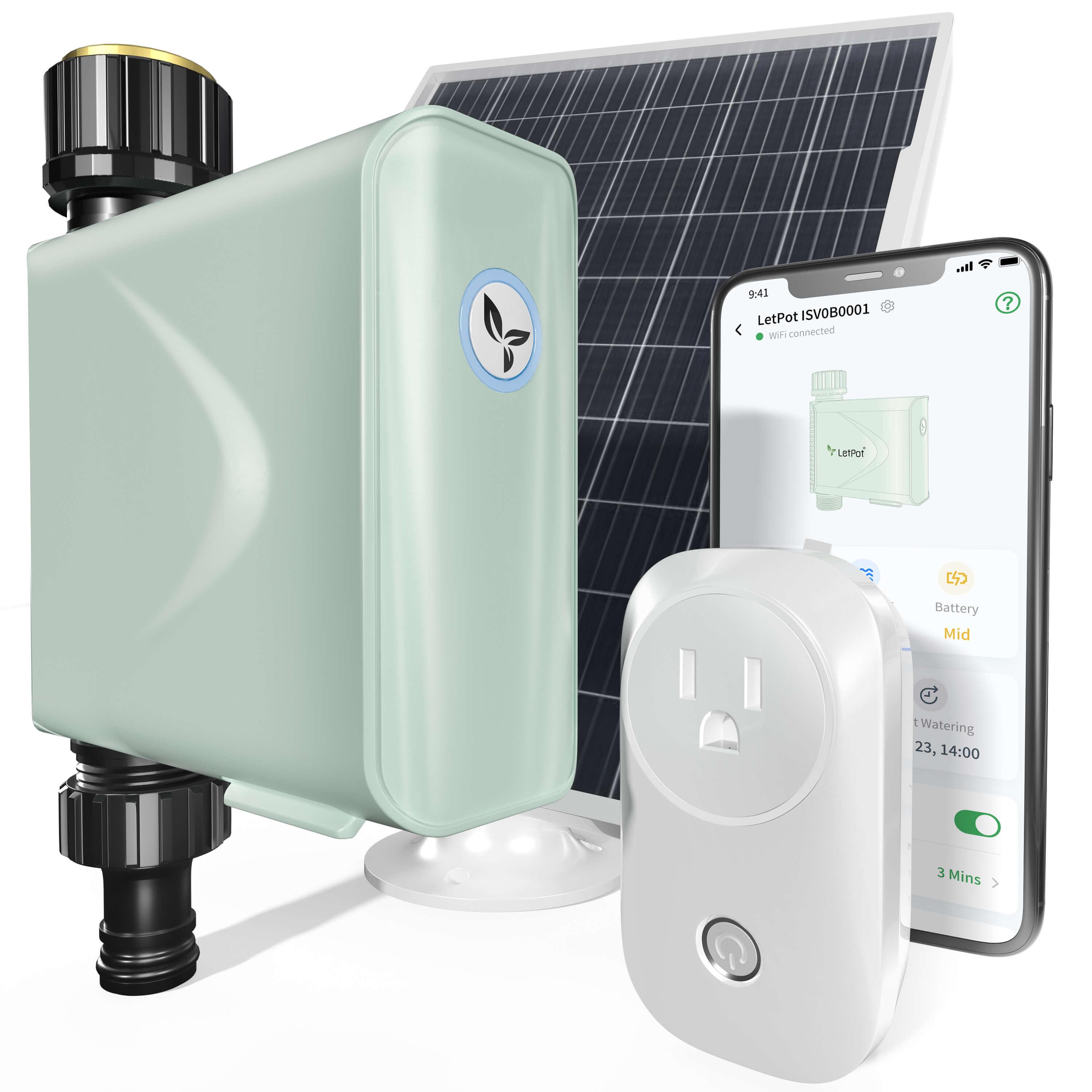

Leave a comment
All comments are moderated before being published.
This site is protected by hCaptcha and the hCaptcha Privacy Policy and Terms of Service apply.